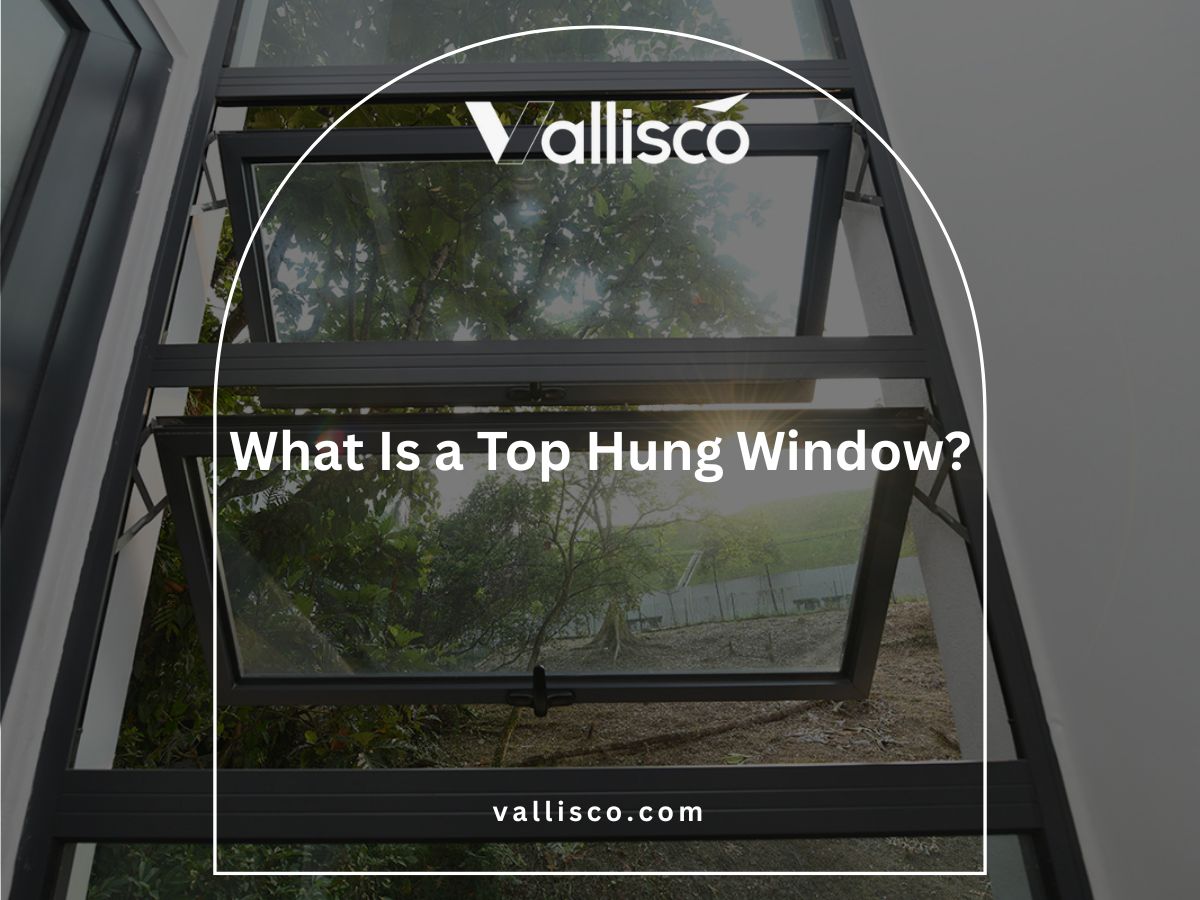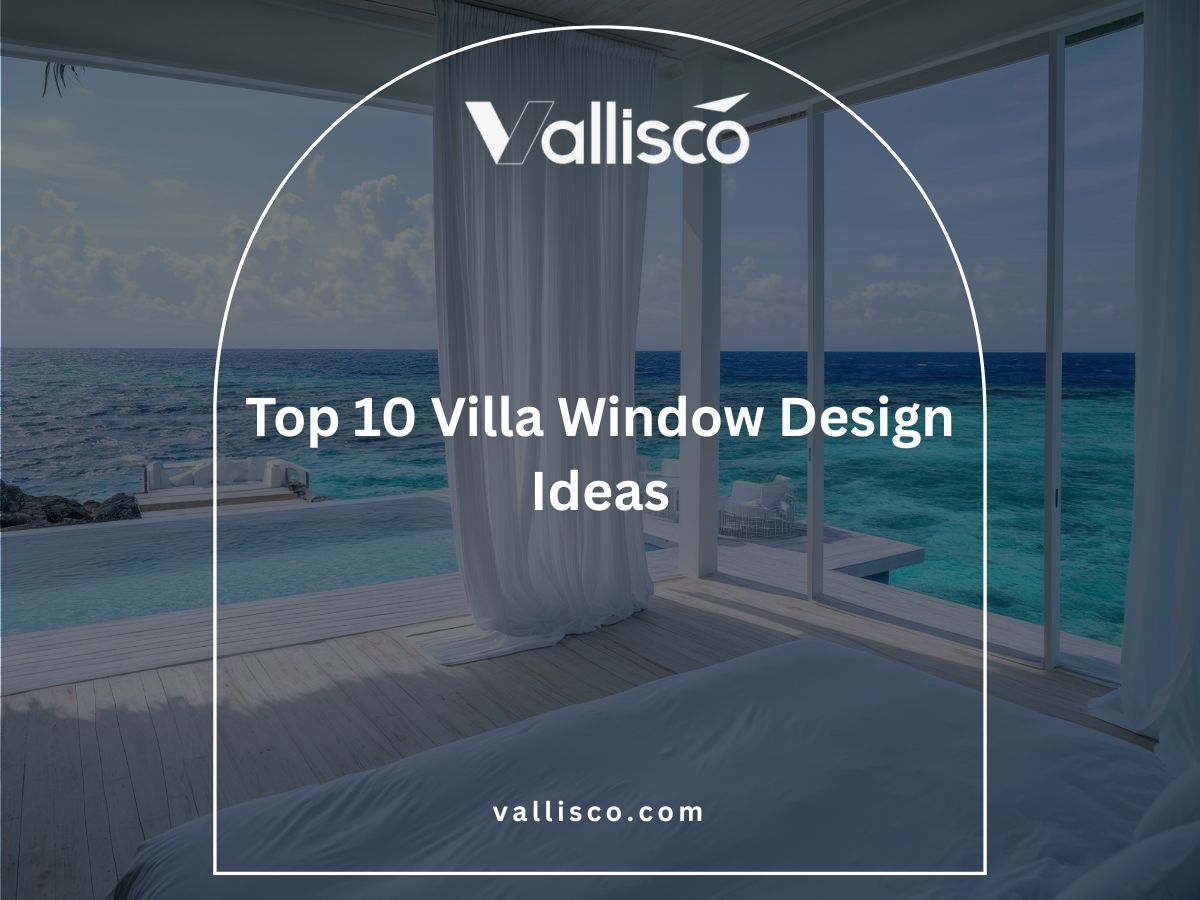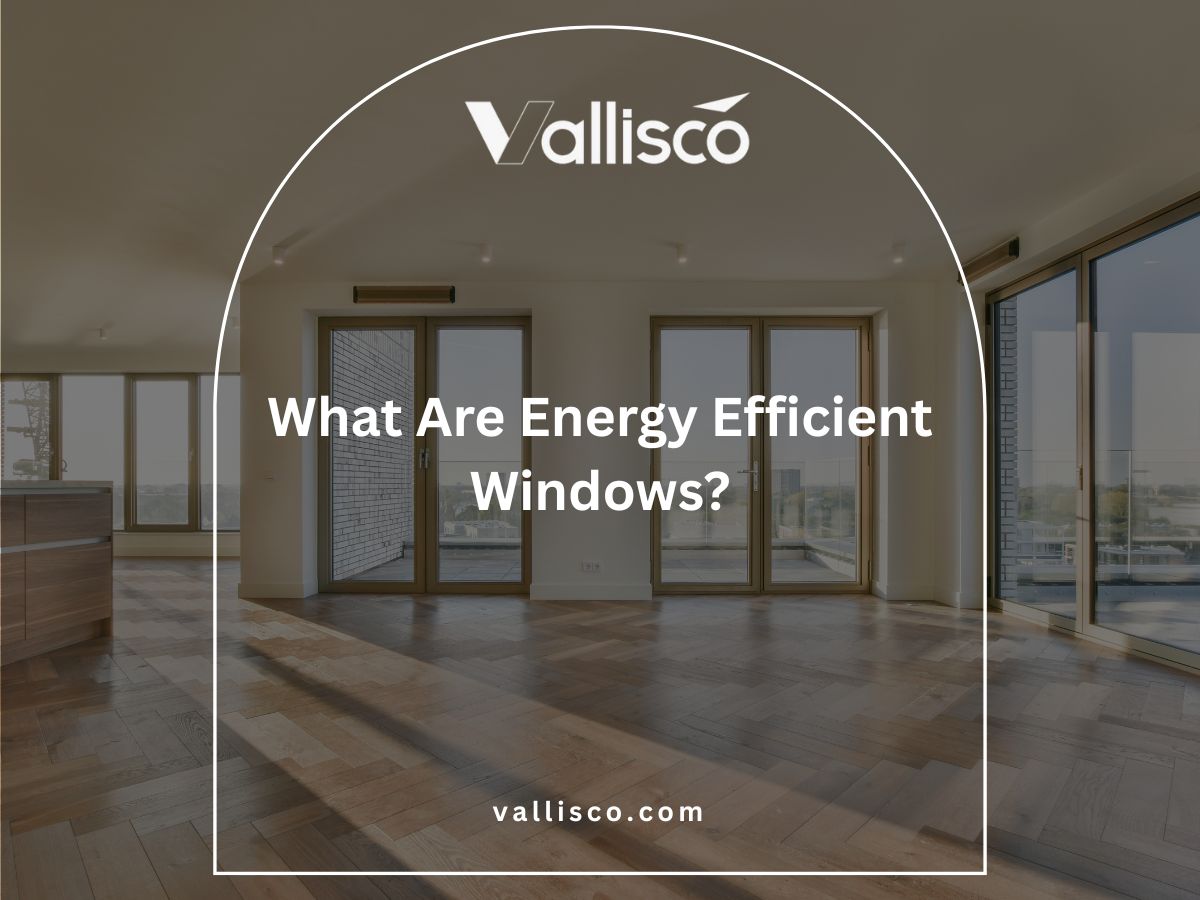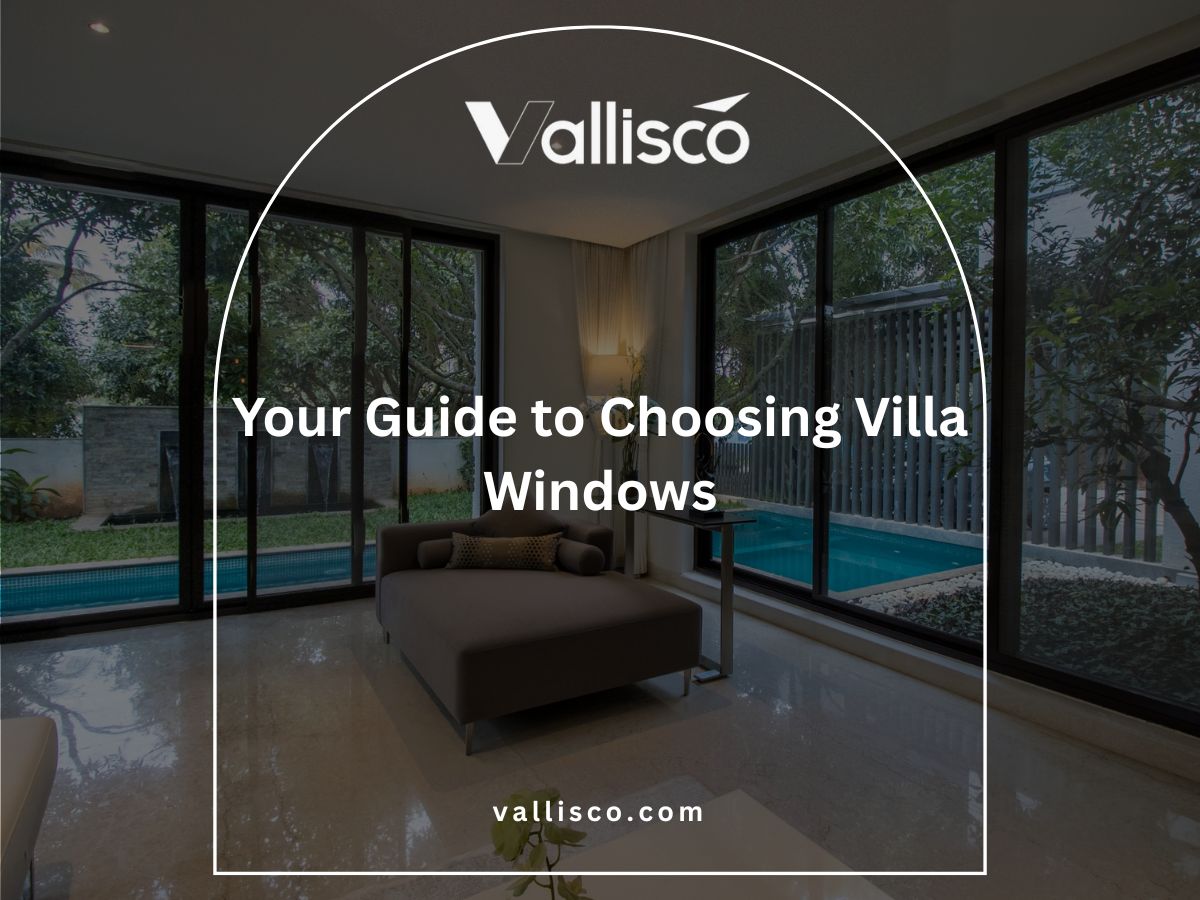When I first ordered commercial sliding windows for a hotel renovation, I thought it would be simple. But between material choices, track systems, and glazing options, I quickly realized it wasn’t.
If you’ve faced the same confusion, you know how easy it is to get lost in technical details.
I’ve spent years working with suppliers, installers, and property managers on projects from villas to greenhouses. I’ve seen which products deliver long-term value and which cause headaches after installation.
In this guide, we’ll walk through the essentials: window types, materials, performance features, and real-world pros and cons. By the end, you’ll have the clarity you need to choose the right commercial sliding windows for your property.
Let’s cut through the noise and make your next window project a confident one.
So let’s begin!
1. What Are Commercial Sliding Windows?
Commercial sliding windows move on a horizontal or vertical track so one sash slides past another. A sash is the frame that holds the glass in place. They may have 2 or more sashes, with some fixed. Materials like aluminum or uPVC give them strength for constant use. In a coastal villa project, aluminum frames resisted wind and salt effectively during storms.
That strength is what sets commercial windows apart from residential ones. They feature sturdier frames, higher performance ratings, and can be built in larger sizes. You’ll often see them in hotel rooms with expansive views, villa patios, greenhouses, or guest lounges. Sliding one open reveals a smooth, solid feel designed for heavy use over many years.

2. Benefits of Commercial Sliding Windows
From my experience, the right windows don’t just improve how a building looks. They solve problems you deal with every day. Commercial sliding windows make spaces easier to use, more comfortable, and safer. If you’re running a villa, a hotel, a B&B, or even a greenhouse, here’s why they’re worth considering.
Space Efficiency
Sliding windows move along a track instead of swinging out. That small detail frees up valuable space in tight areas. In one hotel project I worked on, this design made it possible to arrange furniture without blocking the opening. The rooms instantly felt bigger and worked better for guests.
Ventilation and Natural Light
Good airflow can make or break comfort in a property. Sliding windows open wide, letting in fresh air while also flooding a room with natural light. I’ve watched greenhouses thrive because these windows kept the environment balanced. In guest rooms or lounges, that extra daylight creates a more inviting atmosphere without extra cost.
Aesthetic Appeal
Slim frames give sliding windows a clean, modern look that blends into high-end spaces. They also frame views beautifully. On one villa patio, the windows turned the garden into what looked like a living piece of art. The design complemented the space instead of competing with it.
Energy Efficiency
Double or triple glazing makes a big difference in insulation. That means cooler interiors in summer and warmer ones in winter. I’ve seen hotels lower energy bills simply by upgrading to commercial sliding models. Better comfort and reduced operating costs always go hand in hand.
Security Features
Security is often overlooked until it becomes a problem. Many sliding windows come with multi-point locks and stronger glass options like tempered or laminated. In one villa project, those upgrades gave the owner peace of mind for ground-floor rooms. Vallisco, who specialize in commercial sliding windows, build these features directly into their designs so businesses can get style and safety in one package.
3. Types of Commercial Sliding Windows
Choosing the right type of commercial sliding window can completely change how a space feels and functions. Projects often succeed or fail depending on whether the style fits the building’s purpose. Think about the size of your opening, the climate, and how you want guests or staff to experience the space before deciding.
Horizontal Sliding Windows
This is the style most commonly used in villas, hotels, and B&B bedrooms. The sashes move left or right along a track, which makes them simple to use and easy to maintain. In guest rooms, their straightforward design works well for both staff and visitors. They’re a practical choice for medium-sized openings where steady ventilation is needed.
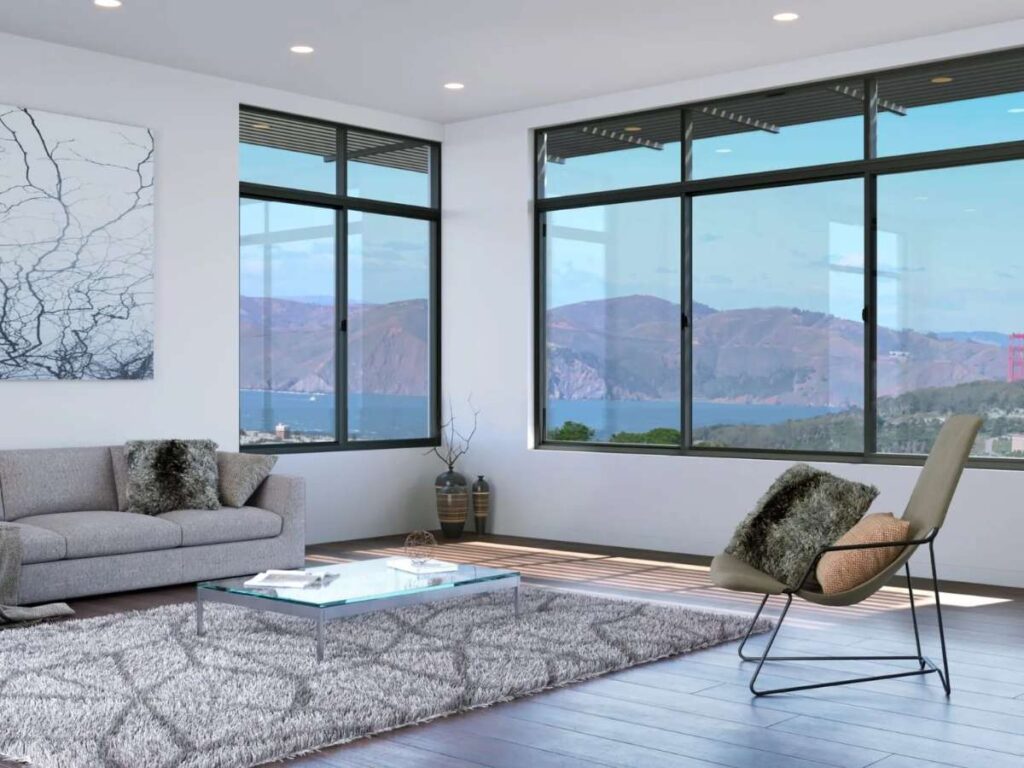
Vertical Sliding (Sash) Windows
Sash windows have panels that slide up and down, giving them a more traditional look. They’re often chosen for heritage hotels or older B&Bs that want to preserve charm while still improving performance. I’ve seen them used successfully in boutique inns where space was limited but character mattered. They work especially well in tighter wall spaces.
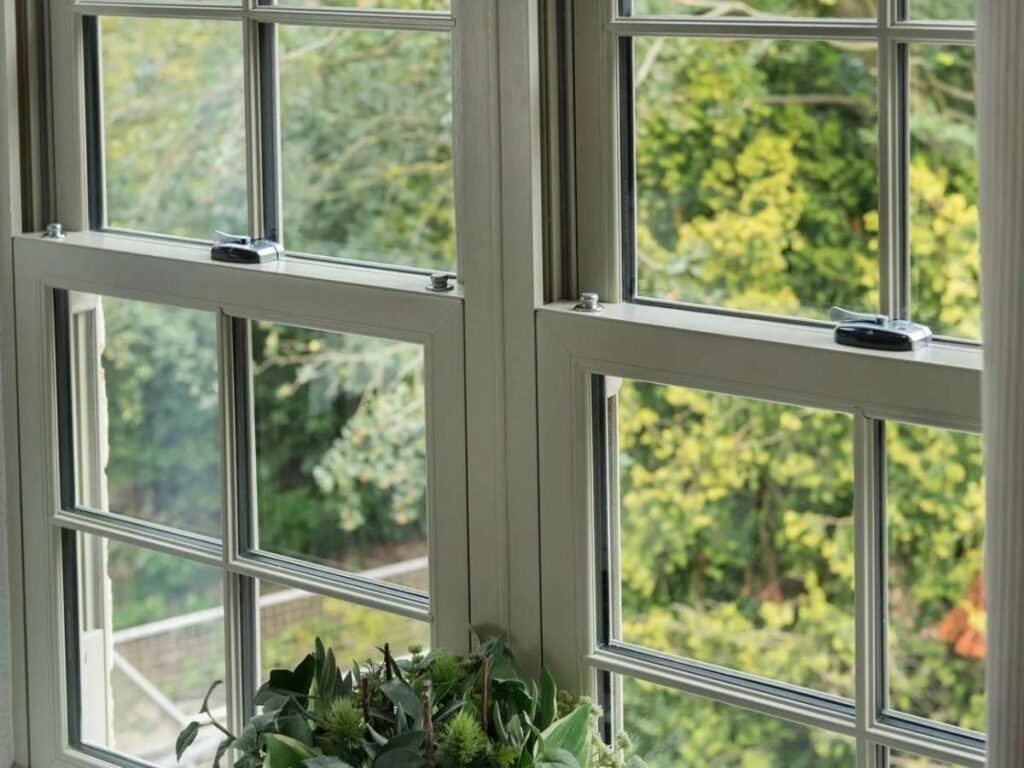
Lift-and-Slide Windows
These windows use a handle that slightly lifts the sash before sliding it across. That motion creates a tighter seal, which is excellent for weatherproofing in windy or oceanfront locations. In one coastal villa project, lift-and-slide windows eliminated uncomfortable drafts and created a quieter, more comfortable space for guests to relax.
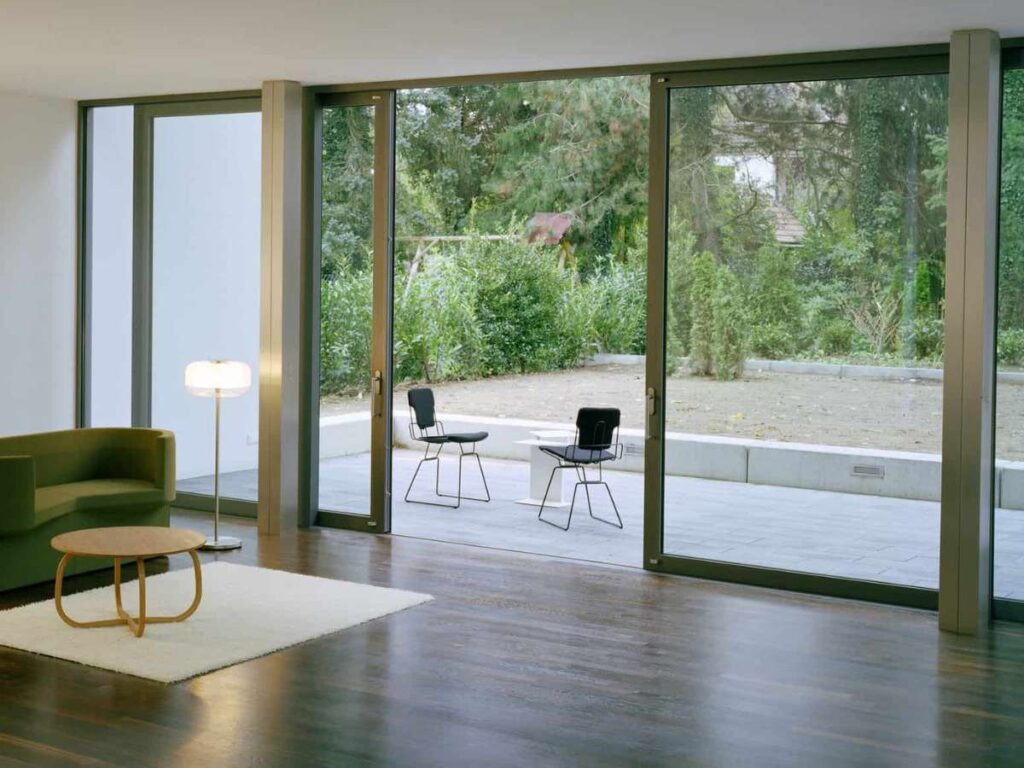
Multi-Panel Sliding Windows
Multi-panel systems use several sashes that slide in sequence, allowing entire walls to open. They’re a popular choice for greenhouses, large lounges, and resort dining areas where panoramic views matter. When fully opened, the effect is dramatic: the room feels like it extends directly into the outdoors, creating a seamless connection between inside and outside.
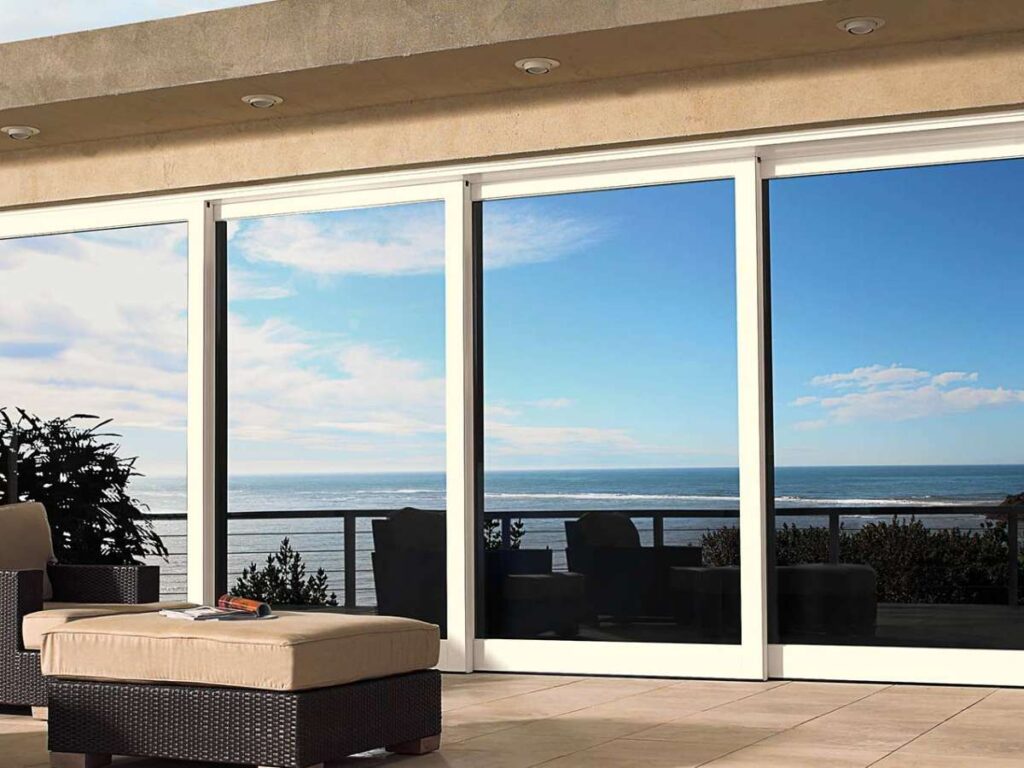
4. Key Features to Look For
After working on many commercial projects, I’ve learned that choosing the right sliding window isn’t just about style. The details make the difference in how the window performs and how long it lasts. Here are the features you should pay attention to before making a decision.
- Frame Material: Aluminum is strong, modern-looking, and resists corrosion, making it great for large panes. uPVC is affordable and insulates well, while wood-clad offers warmth but needs more care.
- Glass Type: Double or triple glazing improves insulation and reduces noise. Tempered or laminated glass increases safety in areas used by guests.
- Hardware and Rollers: Stainless steel or nylon rollers make sliding smoother and last longer. Quality locks add extra security for commercial spaces.
- Drainage and Track Design: Integrated drainage channels keep water from pooling during storms. Hidden or raised tracks help keep debris out and make cleaning easier.
- Thermal Break Technology (Aluminum Frames): This reduces heat transfer through the frame. It helps maintain comfort indoors and lowers heating or cooling costs.
- Acoustic Performance: Windows rated for sound insulation (dB rating) block outside noise. Laminated or acoustic glass works well for buildings near busy roads or tourist spots.
- Insect Screen Integration: Built-in or sliding screens keep bugs out while allowing airflow. They are especially useful in tropical, rural, or greenhouse settings.
- UV Protection and Solar Control: Low-E or reflective coatings help block heat and UV rays. This protects interiors and improves comfort in sunny rooms.
- Customizable Mullion Widths and Grid Patterns: Narrow mullions give a wider, more open view. Thicker mullions add a traditional look and extra strength.
The right combination of these features can greatly improve comfort, efficiency, and safety. By matching them to your property’s needs, you’ll get windows that work well and last for years.
5. Commercial Sliding vs. Casement vs. Other Types of Windows
Over the years, I’ve worked on projects where choosing the wrong window type caused daily frustrations for staff and guests alike. Sometimes there was poor ventilation in the lounge, other times it was wasted space on a small balcony.
Comparing different window types side by side makes it much easier to match the right style to the right setting.
| Feature/Aspect | Sliding Windows | Casement Windows | Awning Windows | Fixed Windows |
| Opening Mechanism | Slides horizontally or vertically | Swings outward on hinge | Hinged at top, opens outward | Non-opening |
| Ventilation | Good, adjustable | Excellent, full window opens | Moderate, can stay open in rain | None |
| Space Efficiency | Very efficient, no swing space | Requires exterior space | Requires some exterior space | Most compact |
| View & Light | Large glass areas, minimal obstruction | May have more frame interruption | Good light, some hinge obstruction | Best for uninterrupted views |
| Weather Sealing | Moderate to good (depends on track) | Excellent sealing when closed | Very good sealing | Excellent sealing (non-operable) |
| Ease of Use | Easy operation for all ages | May be difficult in large sizes | Easy crank operation | N/A |
| Not Ideal For | Maximum weather sealing needs | Tight spaces with limited clearance | Large panoramic openings | Rooms needing fresh air |
| Best For | Balconies, corridors, lounges | Windy or rainy climates | Bathrooms, kitchens, wet climates | Display walls, high-rise facades |
We’ve all seen how different window styles work better in different spaces. Sliding windows can transform into a lounge or guest room, while awnings or fixed panes handle more specific needs. The key is always to start with function, then consider style.
6. Installation and Maintenance Tips
Even the best commercial sliding windows won’t perform well without the right start and consistent care. A careful installation sets the foundation for years of smooth operation, while regular maintenance keeps them reliable and looking new.
Installation
- Check Opening Level and Plumb: A straight, debris-free opening prevents sticking and improves sealing. Small misalignments can create long-term performance problems.
- Reinforce Header and Sides: Extra structural support reduces sagging and frame distortion, especially on wide-span designs.
- Hire Skilled Installers: Experienced crews align frames properly for smooth, uniform operation. This is especially important in hotels, villas, and multi-unit buildings.
- Apply Flashing and Sealant: Proper sealing blocks water intrusion and protects surrounding structures while directing moisture away.
- Test Operation Before Sealing: Open and close the sashes to confirm alignment before final sealing. Catching issues early prevents costly adjustments later.
Maintenance
- Clean Tracks and Drainage: Dust and debris collect quickly; clear them every 3–4 months to keep sliding effortless.
- Lubricate Rollers and Locks: Apply lubricant twice a year to reduce wear and extend the lifespan of moving parts.
- Inspect Gaskets and Seals: Look for cracks or wear once a year to maintain air-tightness and weather resistance.
- Use Mild Cleaners: Harsh chemicals damage finishes and scratch glass; stick to gentle solutions.
- Replace Worn Parts Promptly: Swap out rollers, seals, or locks as soon as they show wear to avoid larger issues.
Properties that commit to these steps rarely face major problems. A little care at the right time saves costly repairs later and keeps your sliding windows performing at their best.
7. Factors to Consider Before Buying Commercial Sliding Windows
Before choosing commercial sliding windows, think about how they’ll perform in your property. Projects run smoothly when the window type matches the building’s needs. When that alignment is missing, costs climb and performance drops. Considering a few key factors upfront can save you time, money, and frustration later.
Building Type and Location
Greenhouses benefit from windows that provide maximum ventilation and light control. Hotels and B&Bs do better with low-maintenance frames and guest-safe designs that can withstand heavy use. Villas often demand both strong performance and visual appeal that suits the architecture. Choosing the right fit for the property helps daily operations run smoothly while enhancing overall design.
Climate and Weather Conditions
Weather plays a major role in window performance. High-humidity areas call for rust-proof frames such as aluminum or uPVC, along with effective drainage systems. Colder climates need low U-value windows paired with double or triple glazing for stronger insulation. Matching the design to the climate keeps interiors comfortable, lowers energy costs, and extends the lifespan of the system.
Compliance and Certification
Always check for CE, ISO, or local building code certifications when comparing commercial sliding windows. These standards verify safety, durability, and performance. For hotels, rental villas, or commercial spaces, compliance avoids inspection issues and ensures legal approval. Beyond that, it also shows guests and clients that the property is built with quality in mind.
Supplier or Manufacturer’s Reputation
The company you choose makes a significant difference. A supplier with a strong track record in commercial projects understands large-scale challenges and offers practical solutions. Vallisco, for example, specializes in commercial sliding windows with systems designed for durability and long-term use. Always request test reports and warranty details to confirm product reliability before committing.
Conclusion
We’ve covered a lot: types, features, installation tips, and what to check before buying. From villas to hotels and greenhouses, the right commercial sliding windows can change how your building looks, feels, and performs.
I’ve seen what happens when this decision is rushed it’s not worth the risk.
Now you know what to look for, where to use it, and why it matters.
Are you ready to take the next step? Which room or space would benefit first?
Contact Vallisco today and let’s make your plans a reality.
Explore More of Our Resources
If you’re searching for more choices, explore our full collection of products. We’ve picked out some great options for you:
Still haven’t found what you’re looking for? Don’t hesitate to contact us. We’re available around the clock to assist you.



